
By Allan Chatto OAM
This article is abridged from a paper written by the respected pipe band authority Allan Chatto in 1995. Based in Australia, Allan was a leading drummer of renown, adjudicator and pipe band educator of international standing and we are grateful that he has made his paper available to Piping Press readers.
The drum corps’ responsibility within pipe band performance is to provide the rhythmic and dynamic accompaniment to the pipe melody.
The bagpipe is a legato instrument which is not capable of having any variation of amplitude during a performance. Therefore the drum corps can add much by way of dynamics to the band performance. This however requires integrated teamwork in a musical sense, between the pipe major and the leading drummer.
In the past many a pipe major may have considered the drummer’s role as simply a time keeper. The drummer of today must have a much broader concept of musical appreciation.
[wds id=”2″]
Good ensemble may be achieved with good score arrangements and tonal harmony combining snare, bass and tenor drums with the subtle use of dynamic phrasing and effective rhythm and expression.
This will enhance and reinforce the piping melody line giving excitement, vitality and fire within the whole performance.
There may be some drum corps that appear to be only concerned with presenting ‘drum-nastics’ rather than giving a creative rhythmic musical accompaniment, the drum score cutting across the piper’s phrasing and completely destroying the musical interpretation of a tune in the process.
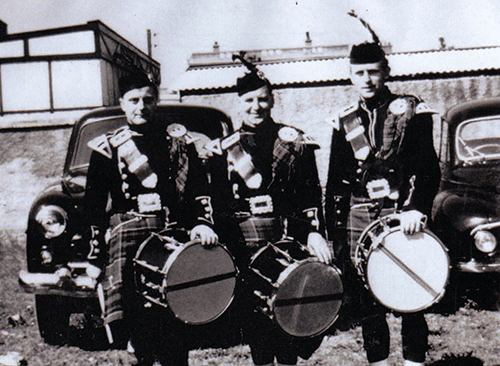
The Drum Fanfare certainly has its place in a pipe band’s concert performance, but the competition field is a different scenario. Of course there are many of Leading Drummers who have learnt, either intentionally or sub-conciously, something of the art of good drum score composition and musicianship. Their performances make most enjoyable listening.
Let us now analyse the constituents of the drum corps contribution to the band performance. These could be defined as follows:
a) The introduction.
b) The sound, influenced by the environment. This would include, tuning instruments and stick control.
c) The weight (volume) and balance of the corps in relation to the amplitude or volume of the pipe corps.
d) The score arrangements, integrating snare, tenor and bass.
e) Rhythm and expression within the scores.
f) The use of dynamics within the scores.
g) The overall quality of the accompaniment presentation.
In the pipe band or the mini-band contest, the musical performance of the band is assessed by the adjudicator from the start of the first drum roll, to the last sound made.
The introduction is the band’s first impression on the adjudicator, so points will then be awarded accordingly. This may determine a band’s placing within the competition prize list.
The introduction rolls should be confident, full, firm and well sustained, maybe with a slight hint of crescendo. A ‘forced’ roll start, ragged roll sound, poor finish or terminal stroke not in unison, would not be acceptable to the adjudicator.
The drum corps must play in unison and establish tempo through the introductory rolls. This tempo must be carried through into the first tune.
We must now consider the sound of each instrument. Each must have tonal harmony. The snare drum is like the pipe chanter. The drum should be tuned with a bright resonant ‘crack’ with warm tonal colour and good response. Ideally the snare drummers should all use the same make and weight of stick.
The tenor drums should be tuned with the pipers’ tenor drones, trying to achieve an integrated and mellow sound. Different pitch tenors if overdone become very monotonous.
The bass drum can make or destroy a band’s performance. It should have a sonorous quality with well defined pitch in harmony with the pipers’ bass drone. It should be free from annoying overtones and ‘ring’. The bass drummer should try to beat ‘through’ the drum head rather than into it.
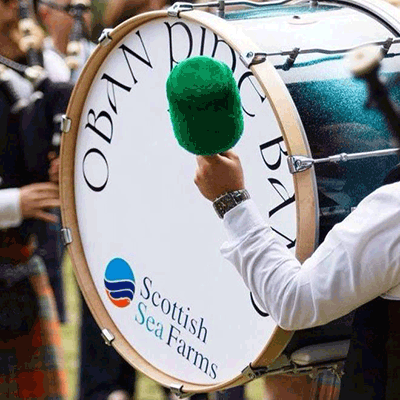
In summary: Stick control, volume, weight of beating and metrical pulsation are all most important aspects in projecting the drum corps’ tonal effect. Also remember that a drum corps having having eight snare drummers will not necessarily be twice as loud as a corps having four.
The development of good technique will allow a snare corps to have much greater control over dynamics. It is easy for a drummer to beat loudly but it is much more difficult to play softly with a control. Accents and embellishments must be clearly defined thus giving lift to rhythm and expression.
It would seem very un-balanced if a band competed with ten pipers, eight snares, four tenors and a bass. The weight of beating may be too overpowering for the pipers thus destroying the melodic interpretation of the pipe corps. The ensemble adjudicator would then remark adversely on a band’s balance of pipes and drums.
- To conclude with a look at drum score arrangements.
[wds id=”8″]


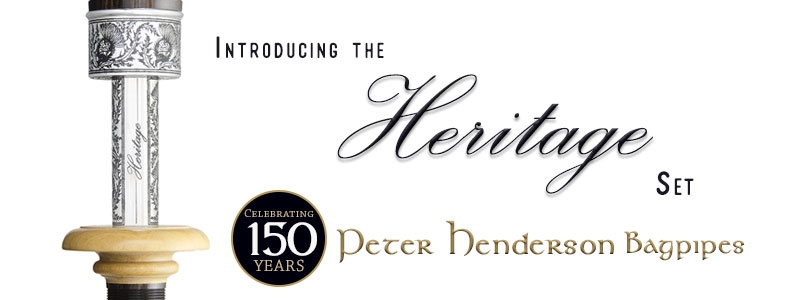

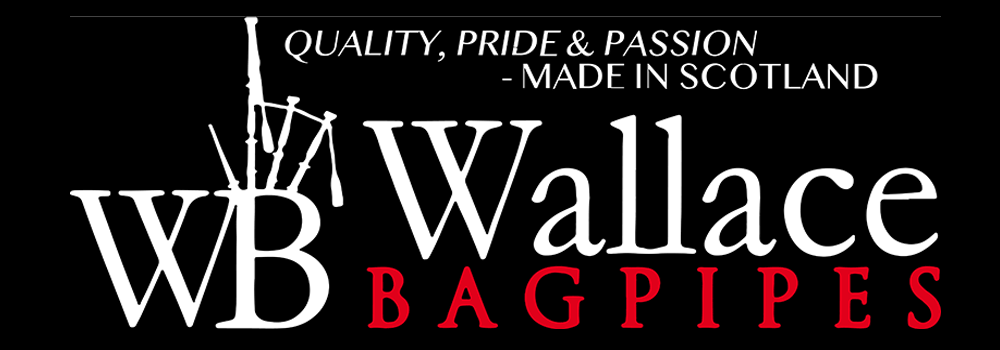




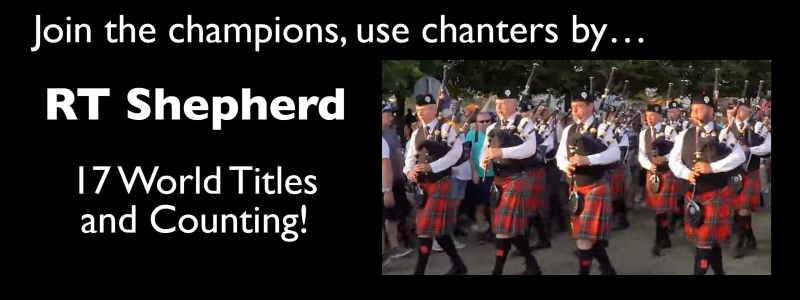













This is a very interesting article by someone who knows what he is talking about. However, I have a couple of remarks to make that will likely be taken as negative – perhaps because they actually are, somewhat.
Pipe band music as apposed to pipe music in general, is an unusual musical phenomenon. As far as I am aware most pipe bands exist to compete. The more complex the piece the better. To hell which what it sounds like as a piece of music it is really an athletic competition – the more notes in a bar the better. Great music such as Mairi’s Wedding and Rowan Tree are simple tunes that can have a strong affect the sole of the average person regardless of their ethnic background because they are great pieces of music. These are of course, not suitable for serious (competition) pipe bands for the very reason that they are simple.
The side drum has morphed into the “front” drum. This because in order to cram more notes into a given measure the drum head has to be tightened to such an extent that only a heavy steel shell will stand the tension. One wonders how long the matches grip will survive. Certainly it won’t last past the time that someone determines that more complex pieces can be played with a matched grip.
While it is true that competition in music takes place in virtually every genre it is different in pipe band competitions. In the other musical forms competition is used as a means of improving one’s performance for use in some venue other than competition – a concert of a recital for instance. In pipe band music the competition itself is the only venue.
I love bagpipe music of all kinds. But, in my opinion what goes on nowadays at highland games is not music – it is not really any different from sheaf throwing.